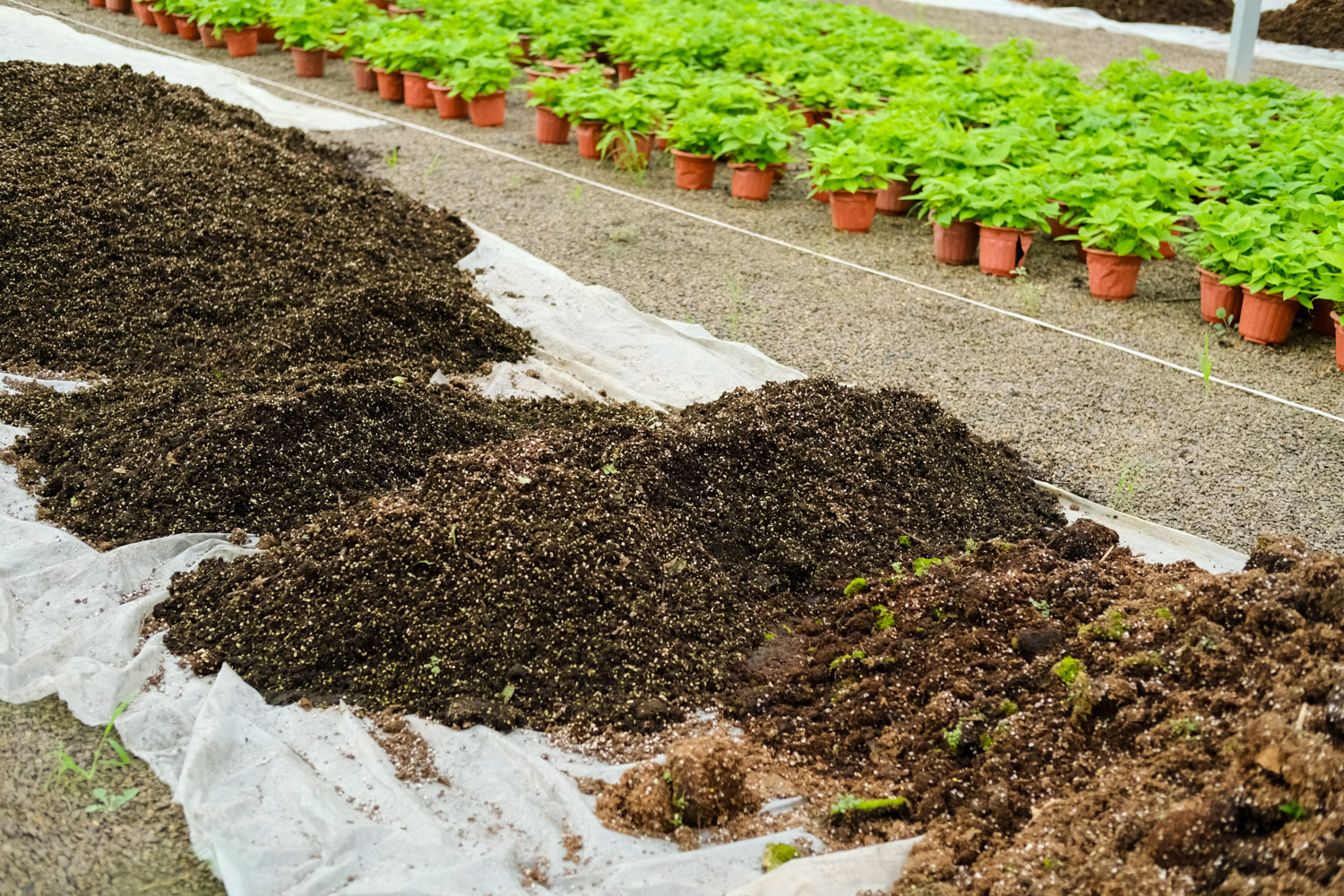Look at the soil source
To know the acidity and alkalinity of soil, first of all, we need to know the source of soil. Generally, some specific soils themselves have their own properties. We need to know whether these soils are some specific soils, and then judge what properties the soil is
Look at the growing plants
In fact, some plants grow with their own characteristics. Some like acidic soil, while others like alkaline soil. For example, places with large rhododendrons are generally acidic soil, and those with grasshoppers and other plants are acidic soil. For plants with beans and cereals, the soil is generally alkaline, and the soil with small white growth is generally acidic

Look at the color of the soil
You can observe the color of some soils. Generally, slightly acidic soils will show black, brown or brownish black, while alkaline soils generally show white or yellowish white
It depends on the watering
Another thing is, if you water the soil, look at the watering
Generally, water seeps out and has muddy color, which is generally acidic soil, while when watering, there are white bubbles and white foam, which is generally alkaline soil. After watering, the soil is soft, generally acidic, while after watering, the soil hardens, with white powder on the surface, generally alkaline soil


 how many times do yo...
how many times do yo... how many planted tre...
how many planted tre... how many pine trees ...
how many pine trees ... how many pecan trees...
how many pecan trees... how many plants comp...
how many plants comp... how many plants can ...
how many plants can ... how many plants and ...
how many plants and ... how many pepper plan...
how many pepper plan...





























